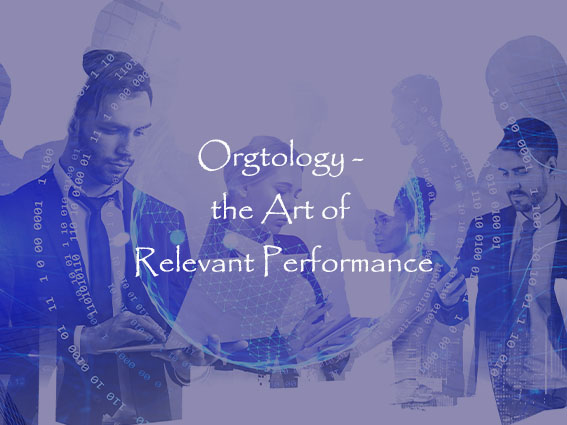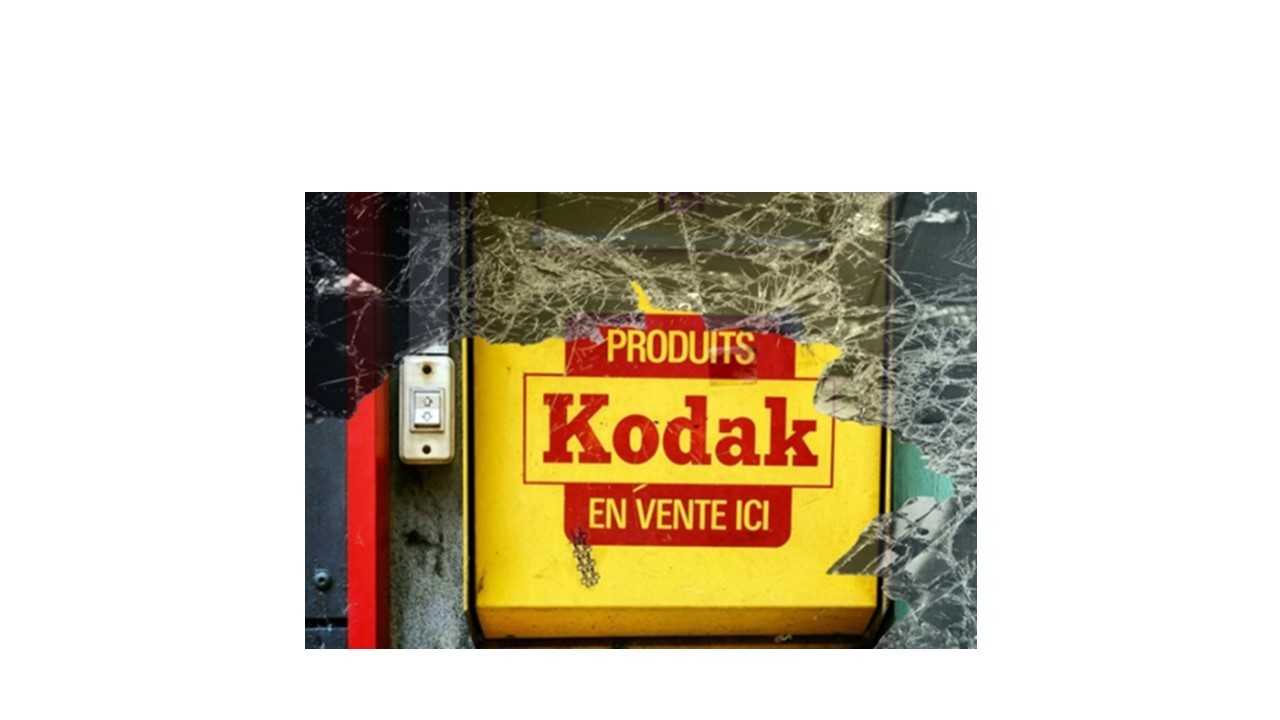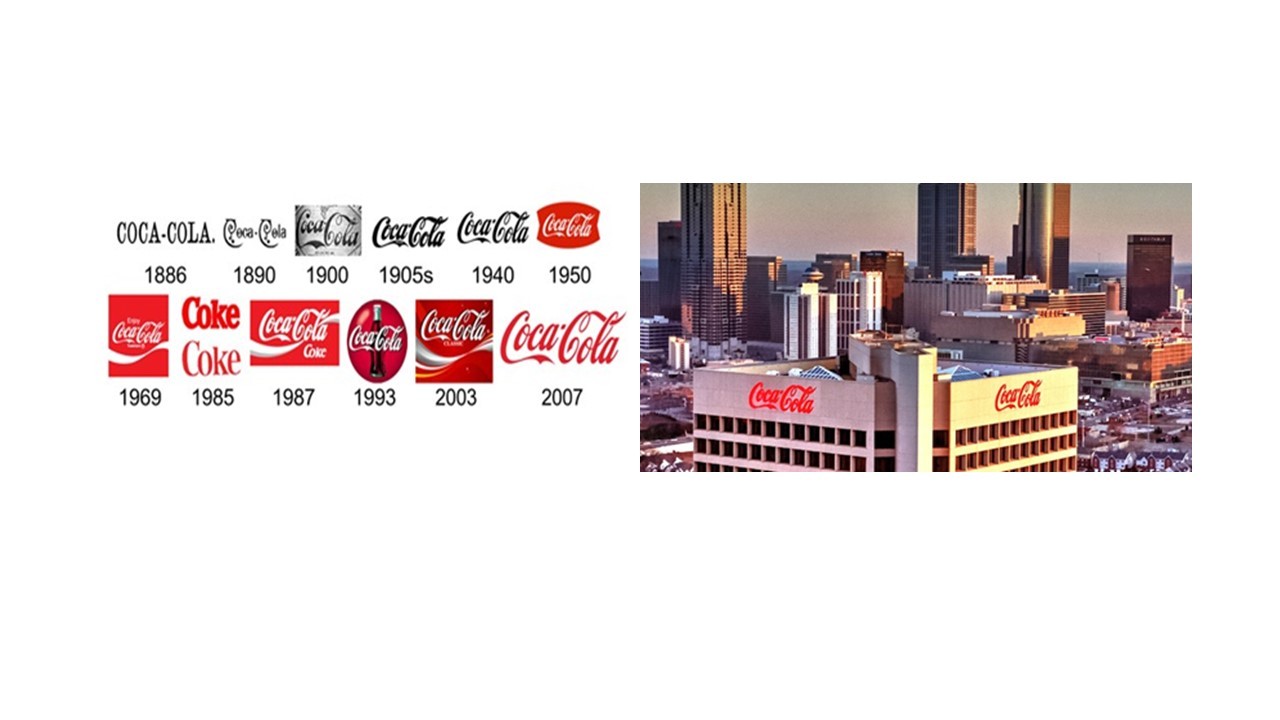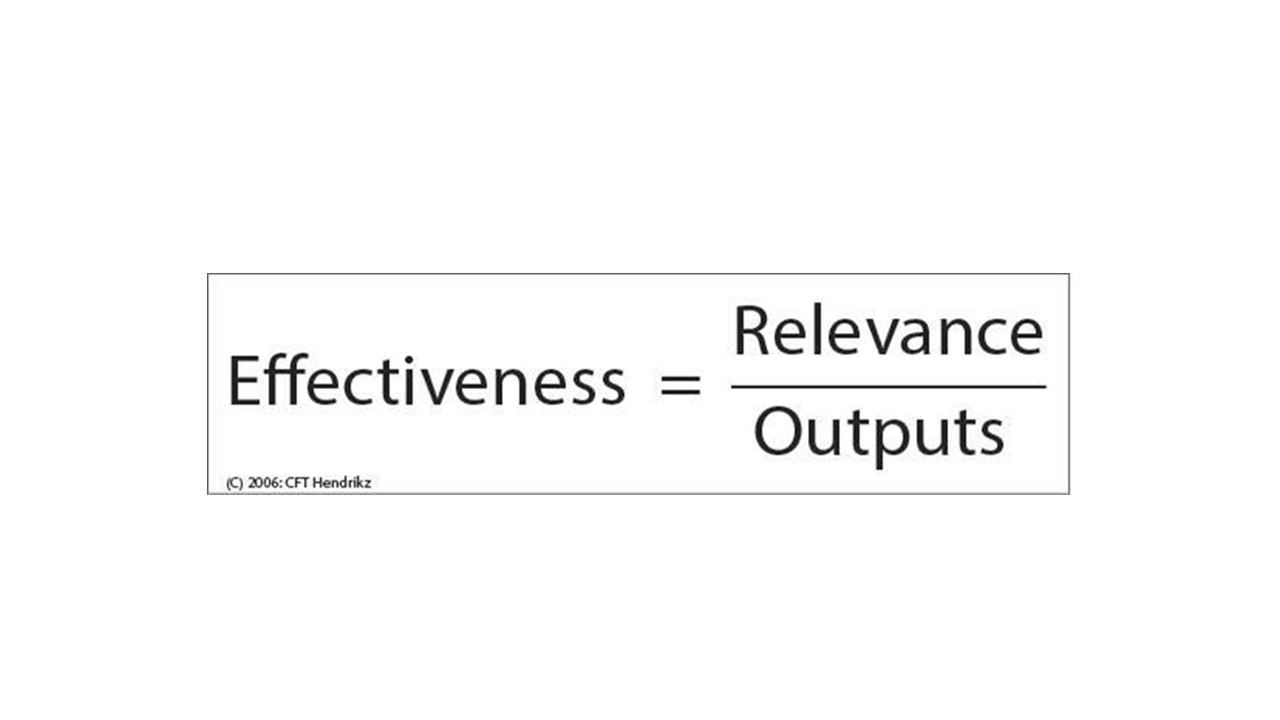The Orgtology Blog
MEASURING RELEVANCE IN AN ORGANISATION: THE ORGTOLOGY PERSPECTIVE
Introduction
Orgtology is a study of organisation and the consciousness that constructs it (Hendrikz 2020). It is a scientific study of how to run and change an organisation. In essence, it is a scientific study of how to ensure performance and secure relevance of an organisation. Thus, orgtology provides a unique perspective to understanding what an organisation is.
Various definitions have been advanced towards defining what an organisation is. One definition of organisation advanced is that of an association of individuals joined together for a specific purpose, as a business, social club, charity, etc (The New International Webster's Pocket Business Dictionary, 1998). Likewise, an organisation is a group of people who form a business, club, etc., together in order to achieve a particular aim (Oxford Advanced Learner's Dictionary, 2010).
An organisation is a social unity that is deliberately constructed and reconstructed to meet specific goals (Etzioni, 1964). Broadly speaking, the term 'organisation' is used in four different senses: as a process, as a structure of relationship, as a group of persons and as a system. https://www.academia.edu/32138533/Definition_Meaning_and_Characteristic_of_Organisation. This article presents a synopsis of what an organisation is:
"In a static sense, an organisation is a structure or machinery manned by group of individuals who are working together towards a common goal. It is the foundation upon which the whole structure of management is built. Organisation is related with developing a framework where the total work is divided into manageable components in order to facilitate the achievement of objectives or goals. It is the structure or mechanism (machinery) that enables living things to work together."
Orgtology provides a profound definition of an organisation. An organisation is a consciousness of two things: purpose and intent (Hendrikz 2020).
Organisations exist through duality. Therefore, the concepts of leadership and management, purpose and intent, effectiveness and efficiency, create receptive and projective components that must co-exist for an organisation to exist.
The heartbeat of orgtology lies in Hypothesis 2X. It helps us to understand the duality of organisations. This hypothesis asserts that an organisation exists in both a physical and non-physical form through the implied processes and abstract thought (Hendrikz 2020). There is both a rational, mathematical, and algorithmic part which is receptive and an unpredictable abstract part which is projective.
The operation of an organisation is characterised by both receptive and projective elements. Purpose defines receptive parts whilst intent defines projective parts. In the projective elements, an organisation creates disruption by implementing a strategy whose disruptive nature brings about the necessary change. Through strategy an organisation remains relevant. An organisation will consistently strive to do what it has never done before. The receptive parts of an organisation produce outputs through cyclical processes and repetition of known past. Operations gives certainty through efficient repetition. The ultimate aim is to attain efficiency of operations. Once an organisation accepts changes brought about by strategy outputs and outcomes, operations receive these changes and assimilates them (Hendrikz 2020). In this way an organisation assures its receptive nature.
Both receptive and projective elements are interdependent and must co-exist to ensure sustainability of an organisation. As a dual entity, an organisation must engage in reciprocal activity between receptive and projective elements. Absence of any part within a dual relation will imply death to an organisation. This duality is necessary and inverse.
The premise of Hypothesis 2X
In orgtology, Hypothesis 2X provides an insight into understanding the duality between the receptive and projective parts of an organisation. Hypothesis 2X enables a better understanding of the dual ("2") nature of an organisation through Orgamatics, while the X-factor underpins the changes an organisation goes through (Organamics). While the "2" in Hypothesis 2X shows a study of the duality between the receptive and projective parts of an organisation, the "X" factor shows a study of the disruptive element within an organisation that creates its projective part (Hendrikz 2020). It is prudent upon every organisation to find an equilibrium position between its: purpose and intent; processes and projects; systems intelligence and human intellect; management and leadership; and, efficiency and effectiveness.
In maintaining balance between these dual elements, an organisation can manage to perform and stay relevant at the same time, while maintaining a healthy balance between the duality. It is such a healthy balance that gives birth and consequence to a Relevant Performing Organisation (RPO), driven by Relevant Performing Individuals (RPIs).
Measuring performance in an organisation
When receptive and projective parts of an organisation (Org) interact, they create a one thing (Hendrikz 2020). The quote below expounds this idea:
"Organisations are born through the dual existence between purpose and intent. Purpose creates operations, which ensures performance. Intent creates strategy, which keeps Org relevant. To understand performance, we use systems intelligence. To understand relevance, we use human intellect. To measure performance, we use efficiency. To assess relevance, we use effectiveness. To define performance, we create processes. To define strategy, we create projects. Purpose is the receptive part of Org, and intent is its projective part. By understanding this, one understands the duality of organisation. Jointly they create Org – the Whole." Hendrikz 2020.
Performance and relevance have the same effect on Org. Performance gives stability and order through processes that constantly cycle. Without performance Org will produce nothing. Relevance ensures that purpose will still be meaningful with the passing of time. Thus, it suffices for one to understand how performance and relevance are measured.
Performance measurement is an ongoing process of ascertaining how well, or how poorly, an organisation is achieving its goals and objectives. (International Monetary Fund, 2010). What gets measured is the results or performance outcomes against set goals of an organisation. Measuring performance in an organisation is vital in monitoring its progress.
Performance can be measured at three separate levels, namely: strategic level; operational level; and, individual level. (International Monetary Fund, 2010). At the strategic level, it is where the overall "health" of the organisation is evaluated across a series of key indicators that gives an indication of how the organisation performs and projects its relevance. At the operational level, it is where efficiency of output production is the focus of measurement. Lastly, at the individual staff member level it is where personal performance is measured against set objectives and pre-determined standards. Consequently, the purpose of performance measurement is to assist to make decisions and to understand progress towards meeting the outcomes of an organisation's Strategic Plan and Action Plans.
Performance of an organisation needs to be effectively measured over time. Progress in the implementation of activities must be assessed whether there are changes over time or not. Most organisations measure performance in terms of efficiency and effectiveness. Theory 2E of orgtology shows how efficiency and effectiveness measure workplace results (Hendrikz, 2019). In Theory 2E, the "2E" shows the two metrics that can influence and empower the results of an organisation. They are efficiency, which measures performance, and effectiveness, which measures relevance.
Effectiveness refers to the extent to which the organisation is achieving the outcome. Theory 2E measures the outputs and outcomes of an organisation. Outputs are results of a process achieved. Outputs are important because they are intended to lead to a desired result. On the other hand, outcomes or results are benefits or changes for organisations realised during or after completion of organisation's activities. Outcomes, otherwise referred to as impacts, are influenced by outputs. Outcomes are an assessment of how an environment responds to an output. It thus shows the effect of an output. In short, Theory 2E probes the results of operations and strategic initiative.
Measuring relevance in an organisation
An organisation exists to perform and be relevant in today's operating and sponsoring environments. In its pursuit of performance, it is paramount for it to be efficient. For an organisation to be effective it must attain relevance. Organisations perform to stay relevant. This duality of performance and relevance is key to ensure the success of an organisation.
Though performance is key in any organisational set-up, situations may exist where an organisation performs but be tangent to relevance.
A case in point is that of Kodak Film Company. The company thrived on a business model of film and post-processing sales. The film business was relatively secure and profitable. Through its efficiency drives, sales related to film accounted for 72% of Kodak revenue and 66% of its operating income just before the digital transition in 2000 (https://petapixel.com/2018/10/19/why-kodak-died-and-fujifilm-thrived-a-tale-of-two-film-companies).
Though there were other players in the market (such as Fujifilm, Agfa and Konica) Kodak still dominated the film market. Thereafter, the market contracted and deteriorated in every aspect. In 2010, worldwide demand for photographic film had fallen to less than a tenth of what it had been only ten years before.
KODAK failed to disrupt its activities, despite opportunities availing themselves to do so. Though dominant in the market and enhanced performance through increased sales, Kodak failed to advance technology developments in fear of losing its identity and traditional footprint of film. The duality of performance and relevance got the better of KODAK Film: it lost out on relevance.
An organisation must strike a balance between its receptive and projective elements in its activities in order to be consistent and predictable. A skewness towards receptive activities will tend to make an organisation create repetitive processes which ensures stability and consistency. Kodak did not fail because it missed the digital age. Actually, the first digital camera was invented by a Kodak's employee (Steve Sasson) in 1975. However, instead of marketing the new technology, the company held back for fear of hurting its lucrative film business. Kodak focused on the sales of films rather than making the camera digital.
Kodak's unwillingness to change its large and highly efficient ability to make-and-sell film in the face of developing digital technologies lost the chance to adopt an anticipate-and-lead design that could have secured them a leading position in digital image processing (https://petapixel.com/2018/10/19/why-kodak-died-and-fujifilm-thrived-a-tale-of-two-film-companies).
Conversely, an organisation that engages in random, unpredictable and disruptive activities makes itself to be projective. Companies such as Fujifilm, Agfa and Konica invested much in defining their futures through projective activities. They pursued their intent. The disruptive intelligence implemented paid off and their businesses succeeded.
The concept of relevance is synonymous with effectiveness. A lot of definitions have been advanced to define effectiveness. Peter Drucker defined effectiveness as doing the right things while he defines efficiency as doing things right https://www.google.com/search?q=peter+drucker+definition+of+efficiency+and+effectiveness&rlz=1C1GCEU_enSZ913SZ913&oq=Peter+Drucker%27s+definition+of+effectiveness&aqs=chrome.1.69i57j0i22i30.11511j0j15&sourceid=chrome&ie=UTF-8.
Efficiency is doing something with the least amount of effort, time and resources available, while effectiveness means getting positive results – doing things which are worthwhile (https://archive.org/stream/10EssentialKeyToPersonalEffectiveness/10EssentialKeyToPersonalEffectiveness_djvu.txt).
Seemingly, a lot of organisations are preoccupied with efficiency and pay less attention to effectiveness. The basic question regarding effectiveness is why do what is being done? Effectiveness focusses on the future, beyond a current period. It requires envisioning to the future in a subjective manner that will benefit the organisation. It aligns with objectives and goals. However, achieving a goal does not render an organisation effective. It requires an external view outside of an organisation.
Coca Cola Company constantly re-organises its business for future growth. Its intent is to establish New Operating Units and Global Beverage Category Leads, supported by New Platform Services Organisation. (https://www.businesswire.com/news/home/20200828005054/en/The-Coca-Cola-Company-Announces-Strategic-Steps-to-Reorganize-its-Business-for-Future-Growth). This is despite Coca Cola Company having achieved high efficiency levels in its production. However, the effectiveness of its outputs will be judged by its environment.
In orgamatics, relevance is the whole point of effectiveness. The outputs that organisations create must be relevant to an environment in which they operate.
Organisations become relevant through effective implementation of projective activities, which includes projects. These strategic projects define an organisation's intent. In articulating its future intent, the Coca Cola Company positioned itself to be a Relevant Performing Organisation (RPO). Amongst its many diverse programmes, Coca-Cola Company will be modernizing and re-energizing its brands. For example, its Diet Coke brand is being modernised in 2020 and re-energised for a new generation of drinkers, with a new look and more flavours. In this way, it is intending to be an RPO, an organisation whose efficiency drives performance and effectiveness secures relevance. In this way the organisation does the right things in the right way.
"We have been on a multi-year journey to transform our organisation," said Chairman and CEO James Quincey. "The changes in our operating model will shift our marketing to drive more growth and put execution closer to customers and consumers while prioritizing a portfolio of strong brands and a disciplined innovation framework. As we implement these changes, we're continuing to evolve our organization, which will include significant changes in the structure of our workforce." https://www.businesswire.com/news/home/20200828005054/en/The-Coca-Cola-Company-Announces-Strategic-Steps-to-Reorganize-its-Business-for-Future-Growth.
In effectiveness organisations measure relevance against outputs. The answer must always be equal or greater than one, that is relevance must be greater than the cost of an output. In this mathematical presentation of effectiveness, output must exist before an organisation can test relevance.
The challenge is that it is mostly impossible to quantify relevance, not to mention measuring it. Relevance is an act of influencing, a negotiation exercise with the ultimate aim to change things. The question that begs to be answered is this: How then does an organisation measure influence or negotiation? That is where leadership comes into play and takes the lead in measuring relevance, compared to management which is mostly concerned with performance.
In the proceeding and ensuing discussion an attempt will be presented on how relevance can be measured within an organisation.
Conclusion
A properly functioning organisation must embrace the duality of receptive activity, which ensures performance, and projective activity, which secures relevance. Without this duality organisation is not possible to exist and function rightly (Hendrikz 2020).
To measure relevance, an organisation has to have a clear grasp of: understand intent; innovate revolution; influence change. To understand and measure performance, organisations must use systems intelligence and efficiency, respectively. Organisations must use human intellect to understand relevance and effectiveness to assess relevance. The duality of purpose and intent in an organisation is key to creating operations which ensure performance and creating strategy which keeps an organisation relevant. This is key to understand, as it will help in attempts to measure relevance in an organisation.
References
- Drucker, P (2006).The Effective Executive: The Definitive Guide to Getting the Right Things Done.
- Etzioni, A (1964). Modern Organizations. Prentice Hall, Englewood Cliffs.
- Hendrikz, D (2018). 'What is Organamics?', *The International Orgtology Institute, *12 August. Available at: https://orgtology.org/index.php/2015-06-01-09-45-25/orgtology-blog/13-what-is-organamics?fbclid=IwAR0xclYD8WElemm0AdkfM2pY5M1vIlUaWEmQbbJl-_rT87LnfdhMQ_-XUk4.
- Hendrikz, D (2020). 'What is Orgtology?', *The International Orgtology Institute, *12 April. Available at: https://orgtology.org/.../orgtology.../68-what-is-orgtology.
- Hendrikz, D (2019). 'Theory O – The Relevant and Performing Organisation (RPO)', *The International Orgtology Institute, *8 October. Available at: https://orgtology.org/index.php/2015-06-01-09-45-25/orgtology-blog/63-theory-o-understanding-performance-and-relevance?fbclid=IwAR1lULPjfPcAREP90wARexoxnhAtXz_H9zWhVkxefvifb93ZIWDG1TNaVdg.
- Hendrikz, D (2020). 'What is Orgamatics?', *The International Orgtology Institute, *26 April. Available at: https://orgtology.org/index.php/2015-06-01-09-45-25/orgtology-blog/70-what-is-orgamatics-1?fbclid=IwAR3JIcfTIO4TqcMuPvWLzsJrX_sJWqK8qvsv2MjRHxoWWCeVfKWn0rY8l6w, accessed on 20 October 2020.
- https://archive.org/stream/10EssentialKeyToPersonalEffectiveness/10EssentialKeyToPersonalEffectiveness_djvu.txt.
- http://wcoomdpublications.org/downloadable/download/sample/sample_id/130/#:~:text=The%20baseline%20performance%20measure%20data,(or%20change)%20over%20time.&text=Most%20Customs%20organizations%20measure%20performance,organization%20is%20achieving%20the%20outcome.
- https://www.researchgate.net/publication/336613727_A_case_study_on_kodak_downfallpdf.
- International Monetary Fund. Fiscal Affairs Department. Revenue Administration: Performance Measurement in Tax Administration. June. 2010.
- Kounteyo Roychowdhury, Symbiosis International University.
- Oxford Advanced Learner's Dictionary, International student's Edition. Oxford University Press. New 8th Edition. 2010.
- The New International Webster's Pocket Business Dictionary. Trident Press International, 1998 Edition.

Join the Orgtologist Certification Program (OCP) - Empowering Executive Teams Worldwide
Copyright
© Eugene T. SIMELANE: 2021-02-07
When you subscribe to the blog, we will send you an e-mail when there are new updates on the site so you wouldn't miss them.






